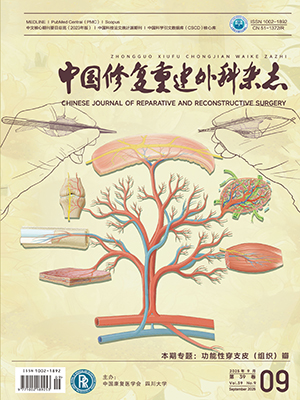OBJECTIVE: To investigate the changes of regeneration and conduction function for peripheral nerve after neurolysis by nerve special staining and electrophysiology. METHODS: Sixty Sprague-Dawley male rats were randomly divided into four groups(n = 15), four methods were designed on rats models of sciatic nerve compression. There were simple decompression as group A, internal neurolysis after decompression as group B, lemithason(0.5 mg/kg) injected in the epineurium after decompression as group C, and lemithason(0.5 mg/kg) injected around the epineurium after decompression and internal neurolysis as group D. Motor nerve conduction velocity(MNCV) and motor latency (Lan) were monitored at 1,2,3,4,5 weeks after decompression, sections were regularly taken from the previously compressed area to perform morphometric analysis. RESULTS: After 2 weeks of decompression, the significant recovery were observed in both MNCV and Lan of four groups. Up to the 5th week of decompression, recovery of electrophysiology was significantly faster in group C and D than that of group A and B, particular in group C(P lt; 0.05), while group A compared with group B, there was no statistical difference in both MNCV and Lan(P gt; 0.05). Morphometric analysis showed that a lot of neural regeneration fibers were observed in group C and D after 3 weeks of decompression. CONCLUSION: Decompression can improve nerve conduction function significantly, while injection of lemithason in epineurium after decompression can promote the structure and function recovery of injured nerve.
Citation: GUO Yuexian,WANG Xiuli,MENG Qingyun,et al.. EXPERIMENTAL STUDY OF PATHOPHYSIOLOGICAL CHANGES FOR PERIPHERAL NERVE AFTER NEUROLYSIS. Chinese Journal of Reparative and Reconstructive Surgery, 2000, 14(6): 336-339. doi: Copy
Copyright © the editorial department of Chinese Journal of Reparative and Reconstructive Surgery of West China Medical Publisher. All rights reserved




